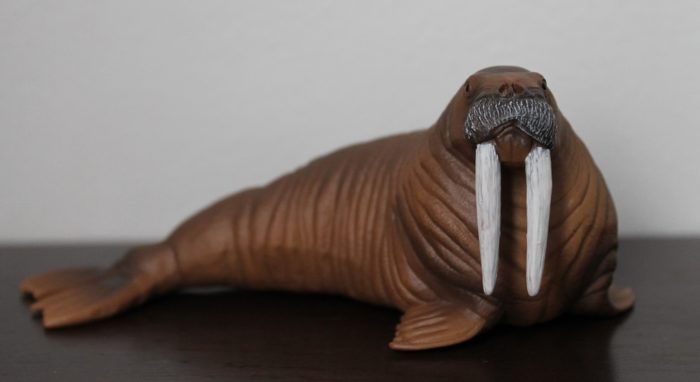Where plastic toys often fail in species diversity plush toys seem to shockingly excel. The Wild Republic line of plush animals is a major player in the plush animal game and responsible for much of this diversity. Although I don’t collect plush animals I do have a young daughter, as well as an eye for quality toys, so our house has a lot of these plush animals sitting around, including the 54” (137 cm) blue rock rattlesnake (Crotalus lepidus) we’ll be looking at today.
Author: Gwangi
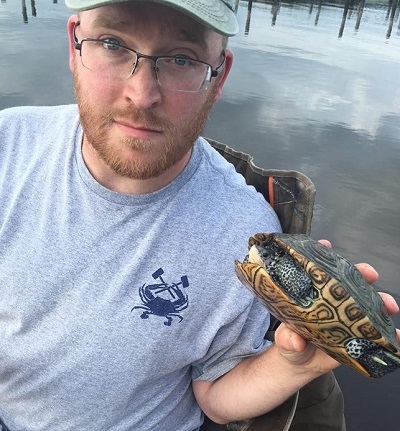 My name is Arthur but I go by Gwangi on the blogs and forums, as homage to the old dinosaur and monster movies I love so much. In addition to writing about and collecting toy animals (extinct and extant) I also share my home with a variety of living animals, mostly reptiles but a little bit of everything. I have a lifelong interest in all things pertaining to nature and natural history and most of my hobbies can be linked to those things in some way. I currently live in Maryland with my wife and daughter. In addition to writing on here I also write magazine articles, typically about local wildlife and aquarium fishes.
My name is Arthur but I go by Gwangi on the blogs and forums, as homage to the old dinosaur and monster movies I love so much. In addition to writing about and collecting toy animals (extinct and extant) I also share my home with a variety of living animals, mostly reptiles but a little bit of everything. I have a lifelong interest in all things pertaining to nature and natural history and most of my hobbies can be linked to those things in some way. I currently live in Maryland with my wife and daughter. In addition to writing on here I also write magazine articles, typically about local wildlife and aquarium fishes.All reviews by this author
Great Lakes TOOB (Safari Ltd.)
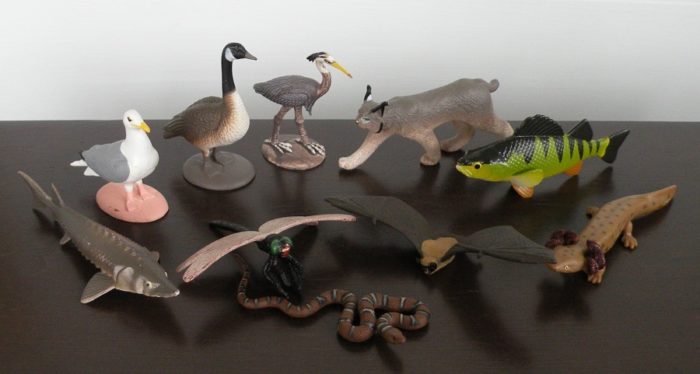
Superior, Michigan, Huron, Erie, and Ontario. Those are the names of the Great Lakes of North America that boarder the central/east United States and Canada. In total area they represent the largest freshwater lakes on Earth, holding roughly 20% of the world’s surface freshwater and 9/10ths of the water supply for the United States.
Great White Shark, 2013 (Sea Life by Schleich)
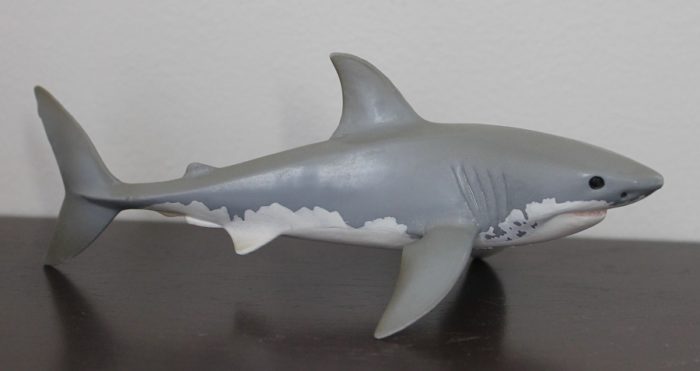
Although there are roughly 440 species of shark it’s the great white shark (Carcharodon carcharias) that has most captured the human imagination and it makes sense, it’s one of a very small handful of sharks that preys upon large mammalian prey, our own species included, albeit rarely.
Ocean Sunfish (Wild Safari Sealife by Safari Ltd.)
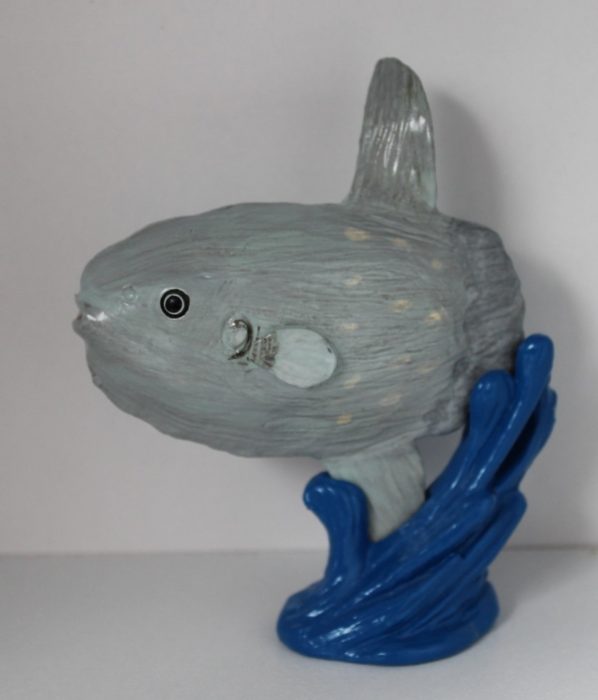
When we think of the big ocean fishes it’s the billfishes, tuna, and sharks that typically come to mind. Strong, sleek, torpedo shaped apex predators. But one of the largest bony fishes in the sea strays far from that mold. The ocean sunfish (Mola mola) can reach 2,205lbs (1,000 kg) and in appearance looks like an enormous disembodied fish head with fins but no tail, and that’s basically what it is.
Blue Crab (Incredible Creatures by Safari Ltd.)
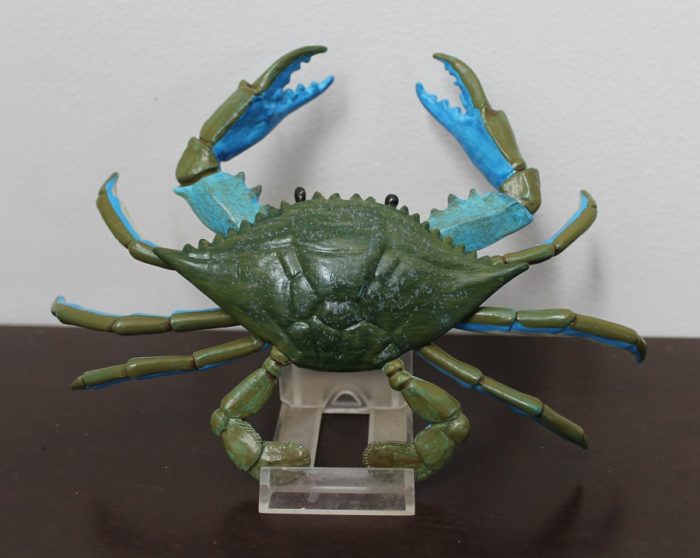
The blue crab (Callinectes sapidus) is a species of swimming crab of the family Portunidae that ranges along the Atlantic coast of North and South America, from Cape Cod to Argentina. It has also been introduced to European and Japanese waters but nowhere is the blue crab better known and beloved than in the Chesapeake Bay area of Maryland and Virginia.
Budgerigar (Farmland by Mojö Fun)
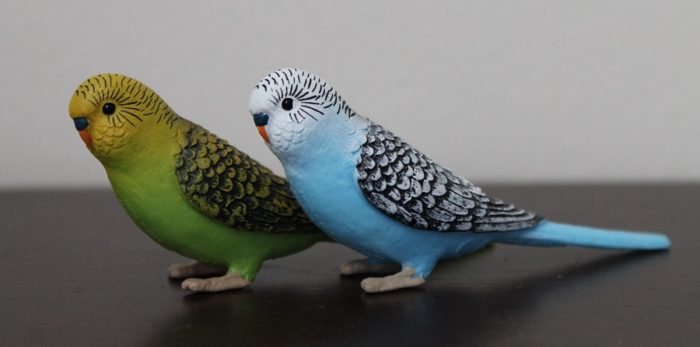
Budgerigars aka parakeets (Melopsittacus undulatus) are easily the most popular pet bird in the world. We enjoy their playful antics, cheerful chatter, ability to mimic humans, and the plethora of selectively bred color variations they come in. But like all domesticated animals they have their roots in the wild where they live far different lives from those in our cages.
Chinese Water Dragon (AAA)
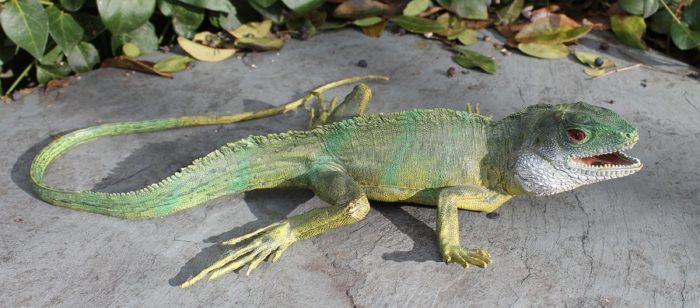
Today we’re looking at another splendid toy from AAA, one that’s cast from an actual specimen and startlingly lifelike in appearance and detail. But don’t be fooled, this is not an iguana despite what’s stamped on its underside; this is actually a Chinese water dragon (Physignathus cocincinus).
Walrus (Wild Life by Schleich)
Land Down Under TOOB (Safari Ltd.)
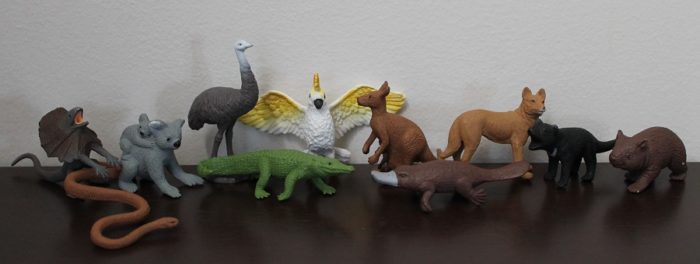
Australia, like all islands, is an isolated laboratory of sorts, one that offers a look at what the world might be like under different evolutionary pressures. The rest of the world at large operates in much the same way, no matter where you go; the placental mammals (cats, dogs, deer, antelope, etc.) dominate top tier niches.
Giant Pangolin (Wild Life by Schleich)

Pangolins are a peculiar group of mammals of the Pholidota
order. Superficially they resemble anteaters and are often called “scaly
anteaters” but they’re not at all closely related to them. Their closest living
relatives are actually carnivorans (cats, dogs, bears, seals, weasels, hyenas,
etc.) and together they belong to the Ferae clade.
Gray Whale (Monterey Bay Aquarium Collection by Safari Ltd.)
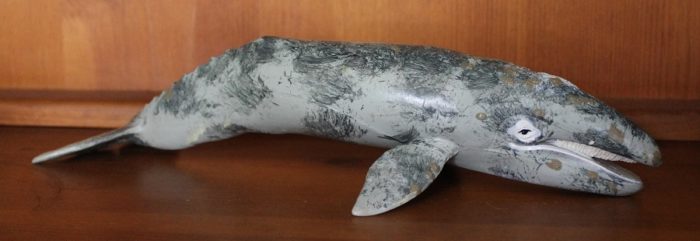
The gray whale (Eschrichtius robustus) is a baleen whale that’s the sole extant member of its genus and the family Eschrichtiidae. Two populations currently live in the north Pacific, one small Asian population and a much larger population along the western coast of North America. Gray whales are near shore species and are frequently sighted along California and the Baja Peninsula.
Griffon Vulture (Wild Life by Schleich)
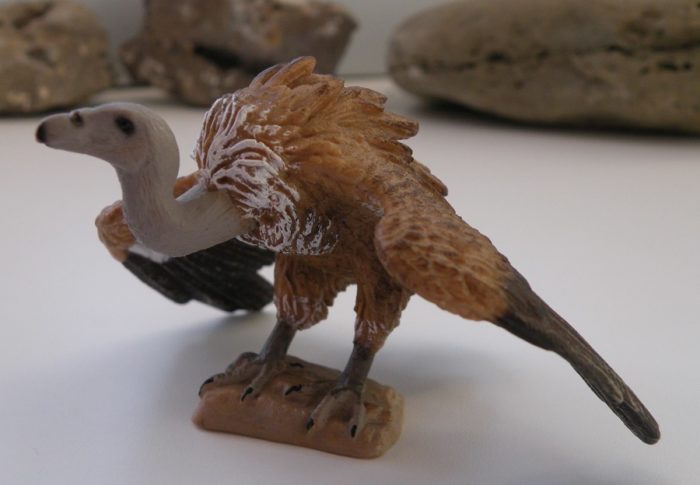
The griffon vulture (Gyps fulvus) is one of the most widely distributed of the old world vultures, ranging throughout Asia, Europe, and small portions of Africa. As such they also represent the archetypal vulture; the kind you might see perched on a tombstone in an old western movie, despite being visually dissimilar to the new world vultures of the American west.





